Home>Furniture & Design>Bathroom Accessories>Which Is Better: Loofah Or Washcloth
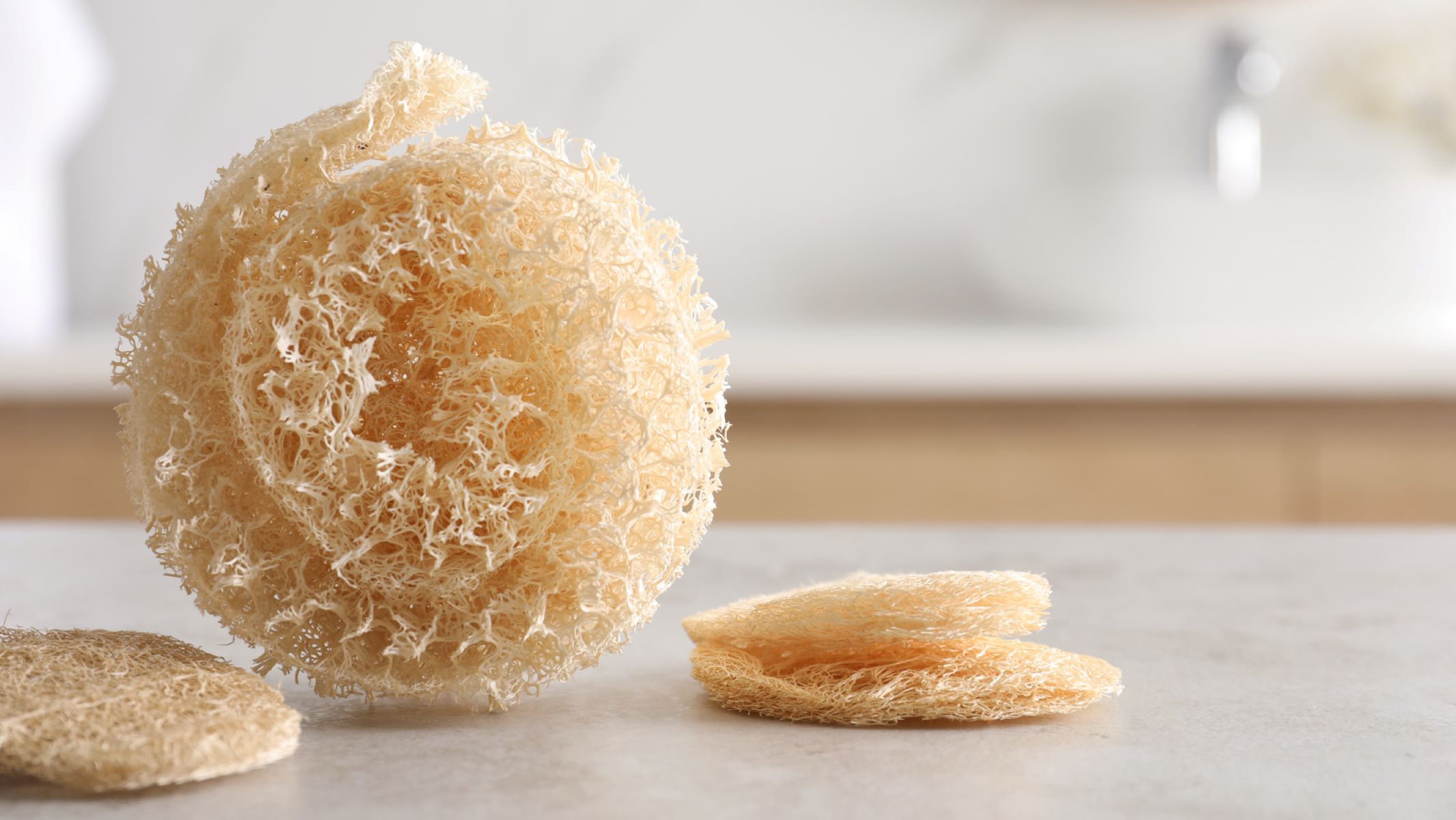

Bathroom Accessories
Which Is Better: Loofah Or Washcloth
Modified: October 19, 2024
Discover the pros and cons of using a loofah or washcloth as bathroom accessories. Find out which is better for your skin and hygiene.
(Many of the links in this article redirect to a specific reviewed product. Your purchase of these products through affiliate links helps to generate commission for Storables.com, at no extra cost. Learn more)
Introduction
When it comes to maintaining personal hygiene, the choice of bathroom accessories can significantly impact our daily routines. Among the array of options available, the debate between using a loofah or a washcloth has sparked discussions among individuals seeking the most effective and hygienic method for cleansing and exfoliating their skin. Both the loofah and washcloth have their unique characteristics and benefits, and understanding their differences can help individuals make an informed decision that aligns with their personal preferences and skincare needs.
In the following sections, we will delve into the distinct features of loofahs and washcloths, exploring their respective advantages and disadvantages. By examining their exfoliating capabilities, hygiene factors, and overall impact on skincare routines, we aim to provide valuable insights to aid in the decision-making process. Whether you are a skincare enthusiast, a hygiene-conscious individual, or simply someone seeking the most suitable bathroom accessory, this exploration of loofahs and washcloths will equip you with the knowledge to make an informed choice that aligns with your unique skincare needs.
Key Takeaways:
- Loofahs offer thorough exfoliation and eco-friendly benefits, but require careful maintenance due to their abrasive texture and potential for bacterial growth.
- Washcloths provide gentle cleansing, versatility, and better hygiene maintenance, making them suitable for sensitive skin and sustainable skincare routines.
Read more: Which Is Better Dewalt Or Ryobi
What is a Loofah?
A loofah, also known as a luffa or sponge gourd, is a natural exfoliating tool derived from the fibrous skeleton of the luffa plant. This plant, belonging to the cucumber family, produces long, cylindrical fruits that, when matured, develop a network of sturdy, fibrous tissues within their outer shell. Once harvested and processed, these fibrous structures are transformed into the familiar porous and slightly coarse texture that characterizes the loofah.
The unique texture of the loofah makes it an ideal tool for exfoliation, as it effectively removes dead skin cells and promotes circulation when used in conjunction with body wash or soap. Its natural exfoliating properties offer a gentle yet thorough means of sloughing away dull and dry skin, leaving the skin feeling rejuvenated and smooth.
Loofahs come in various shapes and sizes, catering to different preferences and usage requirements. Some are designed as handheld pads, while others feature a convenient strap for easy handling in the shower. Additionally, there are loofah mitts that can be worn on the hand, providing a more controlled and targeted exfoliation experience.
The porous nature of the loofah allows it to lather effectively with minimal product, making it an economical choice for skincare routines. Furthermore, its ability to enhance the lathering process can contribute to a more thorough cleansing experience, ensuring that dirt, oil, and impurities are effectively removed from the skin's surface.
In addition to its exfoliating and cleansing properties, the loofah is valued for its eco-friendly nature. As a natural and biodegradable material, it presents a sustainable alternative to synthetic exfoliating tools, aligning with the growing emphasis on environmentally conscious consumer choices.
Overall, the loofah stands as a versatile and effective skincare accessory, offering a natural approach to exfoliation and cleansing that caters to a wide range of skincare needs and preferences. Its unique origins, exfoliating capabilities, and eco-friendly attributes position it as a popular choice for individuals seeking a holistic approach to skincare maintenance.
What is a Washcloth?
A washcloth, also referred to as a facecloth or flannel, is a versatile and widely used bathroom accessory designed for cleansing and exfoliating the skin. Typically made from soft and absorbent fabrics such as cotton or microfiber, washcloths offer a gentle yet effective means of removing dirt, oil, and impurities from the skin's surface. Their compact size and flexibility make them suitable for various skincare routines, from daily facial cleansing to full-body bathing.
The texture of a washcloth is notably different from that of a loofah, as it tends to be smoother and more pliable. This softness allows for a gentle cleansing experience, making washcloths particularly suitable for individuals with sensitive or delicate skin. The smooth surface of a washcloth also enables it to be used for applying facial cleansers, exfoliating scrubs, or makeup removers, providing a versatile tool for skincare regimens.
Washcloths come in a range of sizes, colors, and thickness levels, catering to diverse preferences and usage requirements. Some are designed with a loop or hanging tag for convenient storage, while others feature double-sided textures, with one side offering a gentle cleansing surface and the other providing a slightly more exfoliating effect. This versatility allows individuals to customize their cleansing experience based on their specific skincare needs and sensitivities.
In addition to their cleansing and exfoliating functions, washcloths are valued for their reusability and ease of maintenance. Unlike disposable wipes or pads, washcloths can be laundered and reused, offering a sustainable and cost-effective solution for daily skincare routines. Their durability and ability to withstand regular washing make them a practical and eco-friendly choice for individuals seeking to minimize their environmental impact.
Overall, the washcloth serves as a fundamental and adaptable tool in skincare regimens, offering a gentle and customizable approach to cleansing and exfoliation. Its soft and absorbent nature, coupled with its reusability and versatility, positions it as a staple accessory in bathrooms worldwide, catering to a wide range of skincare preferences and needs.
Pros and Cons of Using a Loofah
The utilization of a loofah in skincare routines presents a myriad of advantages and considerations that individuals should weigh when determining its suitability for their needs. Understanding the pros and cons of using a loofah can provide valuable insights into its efficacy and potential drawbacks.
Pros
-
Exfoliation: One of the primary benefits of using a loofah is its exceptional exfoliating properties. The natural fibrous texture of the loofah enables it to gently slough away dead skin cells, promoting smoother and more radiant skin. This exfoliation process can help prevent clogged pores and enhance the skin's overall texture.
-
Cleansing: The porous nature of the loofah allows it to lather effectively with minimal product, facilitating a thorough cleansing experience. Its ability to create a rich lather can contribute to more efficient removal of dirt, oil, and impurities from the skin's surface, promoting a deeper level of cleanliness.
-
Stimulates Circulation: When used in gentle circular motions, the exfoliating action of the loofah can stimulate blood circulation, promoting a healthy glow and aiding in the renewal of skin cells. This enhanced circulation can contribute to a revitalized and rejuvenated complexion.
-
Eco-Friendly: As a natural and biodegradable material, the loofah presents an environmentally friendly option for skincare. Its sustainable nature aligns with the growing emphasis on eco-conscious consumer choices, making it a preferred option for individuals seeking to minimize their environmental impact.
-
Versatility: Loofahs are available in various shapes and sizes, catering to different preferences and usage requirements. Whether in the form of handheld pads, mitts, or straps, the versatility of loofahs allows individuals to customize their exfoliation and cleansing experience based on their specific skincare needs.
Read more: Which Is Better: Projector Or TV
Cons
-
Hygiene Concerns: Due to its porous nature, the loofah can harbor bacteria and mold if not properly cared for. The moist environment of the shower, combined with residual soap and skin cells, creates an ideal breeding ground for microbes. Regular cleaning and drying of the loofah are essential to mitigate potential hygiene issues.
-
Abrasive Texture: While the exfoliating action of the loofah is beneficial for removing dead skin cells, individuals with sensitive or delicate skin may find the texture too abrasive. Overuse or vigorous scrubbing with a loofah can lead to irritation and redness, necessitating a gentle approach to avoid skin damage.
-
Maintenance: Unlike washcloths, which can be laundered in a washing machine, loofahs require regular replacement due to their natural material and susceptibility to wear and tear. This ongoing maintenance can incur additional costs and effort compared to reusable washcloths.
By weighing these pros and cons, individuals can make an informed decision regarding the incorporation of a loofah into their skincare routines, taking into account their skin type, hygiene practices, and environmental considerations.
Pros and Cons of Using a Washcloth
The utilization of a washcloth in skincare routines presents a multitude of advantages and considerations that individuals should carefully evaluate when determining its suitability for their needs. Understanding the pros and cons of using a washcloth can provide valuable insights into its efficacy and potential drawbacks.
Pros
-
Gentle Cleansing: A significant advantage of using a washcloth is its gentle cleansing action. The soft and pliable texture of a washcloth allows for a mild yet effective removal of dirt, oil, and impurities from the skin's surface. This gentle approach makes washcloths particularly suitable for individuals with sensitive or delicate skin, providing a comforting and non-abrasive cleansing experience.
-
Exfoliation: While not as intense as a loofah, certain types of washcloths, especially those with a slightly textured surface, offer a subtle exfoliating effect. This can aid in removing dead skin cells and promoting a smoother skin texture, contributing to a rejuvenated and revitalized complexion.
-
Versatility: Washcloths come in various sizes, thickness levels, and textures, catering to diverse preferences and skincare needs. Some washcloths feature dual-sided designs, with one side offering a gentle cleansing surface and the other providing a slightly more exfoliating effect. This versatility allows individuals to customize their cleansing and exfoliation experience based on their specific skincare requirements.
-
Reusable and Sustainable: One of the notable advantages of washcloths is their reusability and durability. Unlike disposable wipes or pads, washcloths can be laundered and reused, offering a sustainable and cost-effective solution for daily skincare routines. Their ability to withstand regular washing makes them a practical and eco-friendly choice, aligning with the growing emphasis on sustainable living practices.
-
Convenient and Portable: The compact size and lightweight nature of washcloths make them convenient for travel and on-the-go skincare needs. Their portability allows individuals to maintain their skincare regimen while away from home, ensuring consistent cleansing and exfoliation regardless of their location.
Read more: Which Is Better: Projector Or TV
Cons
-
Hygiene Considerations: Similar to loofahs, washcloths can harbor bacteria and mold if not properly cared for. The moist environment of the shower, combined with residual soap and skin cells, creates an ideal breeding ground for microbes. Regular cleaning and drying of washcloths are essential to mitigate potential hygiene issues.
-
Limited Exfoliation: While some washcloths offer a subtle exfoliating effect, they may not provide the same level of thorough exfoliation as a loofah. Individuals seeking a more intense exfoliation experience may find washcloths to be less effective in addressing their exfoliation needs.
-
Maintenance: Washcloths require regular laundering to maintain their cleanliness and effectiveness. Failure to launder washcloths regularly can lead to the accumulation of bacteria and impurities, compromising their hygiene and skincare benefits.
By carefully considering these pros and cons, individuals can make an informed decision regarding the incorporation of a washcloth into their skincare routines, taking into account their skin type, hygiene practices, and sustainability preferences.
Read more: Which Is Better Iron Or Steamer
Which is Better for Exfoliation?
When comparing the exfoliating capabilities of loofahs and washcloths, it's essential to consider the desired level of exfoliation and the specific needs of individual skin types.
Loofahs, with their natural fibrous texture, excel in providing thorough exfoliation by effectively removing dead skin cells and promoting circulation. The slightly coarse surface of the loofah offers a deeper level of exfoliation, making it particularly beneficial for individuals seeking to address rough or dry skin concerns. The exfoliating action of the loofah stimulates blood circulation, aiding in the renewal of skin cells and promoting a smoother, more radiant complexion. However, it's important to note that the abrasive nature of the loofah may not be suitable for individuals with sensitive or delicate skin, as vigorous scrubbing can lead to irritation.
On the other hand, washcloths offer a gentler approach to exfoliation, making them well-suited for individuals with sensitive skin or those seeking a milder exfoliation experience. While not as intense as loofahs, certain types of washcloths, especially those with a slightly textured surface, provide a subtle exfoliating effect. This gentle exfoliation aids in removing dead skin cells and promoting a smoother skin texture, making washcloths a suitable option for individuals looking for a more delicate approach to exfoliation.
Ultimately, the choice between a loofah and a washcloth for exfoliation depends on individual preferences, skin sensitivity, and the desired level of exfoliation. Those seeking a more intense exfoliation experience may find the natural fibrous texture of the loofah to be more effective in addressing their exfoliation needs. Conversely, individuals with sensitive skin or those preferring a gentler exfoliation may opt for the softer and more pliable texture of a washcloth.
By understanding the exfoliating properties of both loofahs and washcloths, individuals can make an informed decision that aligns with their unique skincare requirements, ensuring an effective and comfortable exfoliation experience tailored to their specific skin type and preferences.
When choosing between a loofah and a washcloth, consider your skin type. Loofahs provide gentle exfoliation for normal to oily skin, while washcloths are better for sensitive or dry skin.
Which is Better for Hygiene?
When evaluating the hygiene aspects of loofahs and washcloths, several factors come into play, including microbial growth, cleaning and maintenance requirements, and overall cleanliness. These considerations are crucial in determining which bathroom accessory is better suited for maintaining optimal hygiene standards.
Loofahs, due to their porous and fibrous nature, are susceptible to harboring bacteria and mold if not properly cared for. The moist environment of the shower, combined with residual soap and skin cells, creates an ideal breeding ground for microbes. As a result, regular cleaning and thorough drying of the loofah are essential to mitigate potential hygiene issues. Additionally, the natural material of the loofah may degrade over time, leading to wear and tear that can compromise its cleanliness. This necessitates regular replacement to ensure that hygiene standards are upheld.
In contrast, washcloths also require diligent maintenance to prevent the accumulation of bacteria and impurities. Similar to loofahs, the moist environment of the shower can pose hygiene challenges for washcloths. However, their smooth and pliable texture may facilitate easier cleaning and laundering, reducing the risk of microbial growth. Washcloths can be effectively sanitized through regular washing, and their reusability allows for consistent maintenance of cleanliness. Proper laundering and drying of washcloths are essential to ensure that they remain hygienic and free from microbial contamination.
When considering hygiene, the reusability and laundering capabilities of washcloths provide an advantage in maintaining cleanliness compared to loofahs. The ability to effectively sanitize washcloths through regular washing contributes to a higher level of hygiene assurance, provided that proper laundering practices are consistently followed.
Ultimately, the choice between loofahs and washcloths for maintaining hygiene depends on individual cleaning habits, diligence in maintenance, and preferences for reusability. Both accessories require regular cleaning and drying to prevent microbial growth, and individuals must adhere to proper care practices to uphold hygiene standards. By prioritizing diligent cleaning and maintenance routines, individuals can ensure that both loofahs and washcloths contribute to a hygienic and clean skincare regimen.
Conclusion
In conclusion, the debate between using a loofah or a washcloth ultimately boils down to individual preferences, skincare needs, and hygiene considerations. Both the loofah and washcloth offer unique benefits and considerations, catering to diverse skincare routines and personal choices.
The loofah, with its natural fibrous texture and exceptional exfoliating properties, stands as a robust option for individuals seeking a thorough and invigorating exfoliation experience. Its ability to stimulate circulation, promote smoother skin, and enhance the lathering process makes it a popular choice for those looking to revitalize their skin texture. However, the abrasive nature of the loofah may not be suitable for individuals with sensitive skin, and its susceptibility to microbial growth necessitates diligent cleaning and maintenance.
On the other hand, washcloths provide a gentle and versatile approach to cleansing and exfoliation, making them well-suited for individuals with sensitive skin or those seeking a milder exfoliation experience. Their reusability, ease of maintenance, and ability to cater to various skincare needs position them as a practical and sustainable option. While washcloths may offer a less intense exfoliation compared to loofahs, their smooth and pliable texture makes them a favorable choice for individuals prioritizing comfort and adaptability.
When it comes to hygiene, both loofahs and washcloths require regular cleaning and thorough drying to prevent microbial growth. However, the reusability and laundering capabilities of washcloths provide an advantage in maintaining cleanliness, offering a higher level of hygiene assurance compared to loofahs.
Ultimately, the decision between a loofah and a washcloth hinges on individual preferences, skin sensitivity, and the desired level of exfoliation. By carefully considering the pros and cons of each bathroom accessory, individuals can make an informed choice that aligns with their unique skincare requirements and hygiene practices.
Whether opting for the invigorating exfoliation of a loofah or the gentle versatility of a washcloth, individuals can integrate these skincare accessories into their daily routines, ensuring a personalized and effective approach to maintaining healthy and radiant skin.
Frequently Asked Questions about Which Is Better: Loofah Or Washcloth
Was this page helpful?
At Storables.com, we guarantee accurate and reliable information. Our content, validated by Expert Board Contributors, is crafted following stringent Editorial Policies. We're committed to providing you with well-researched, expert-backed insights for all your informational needs.
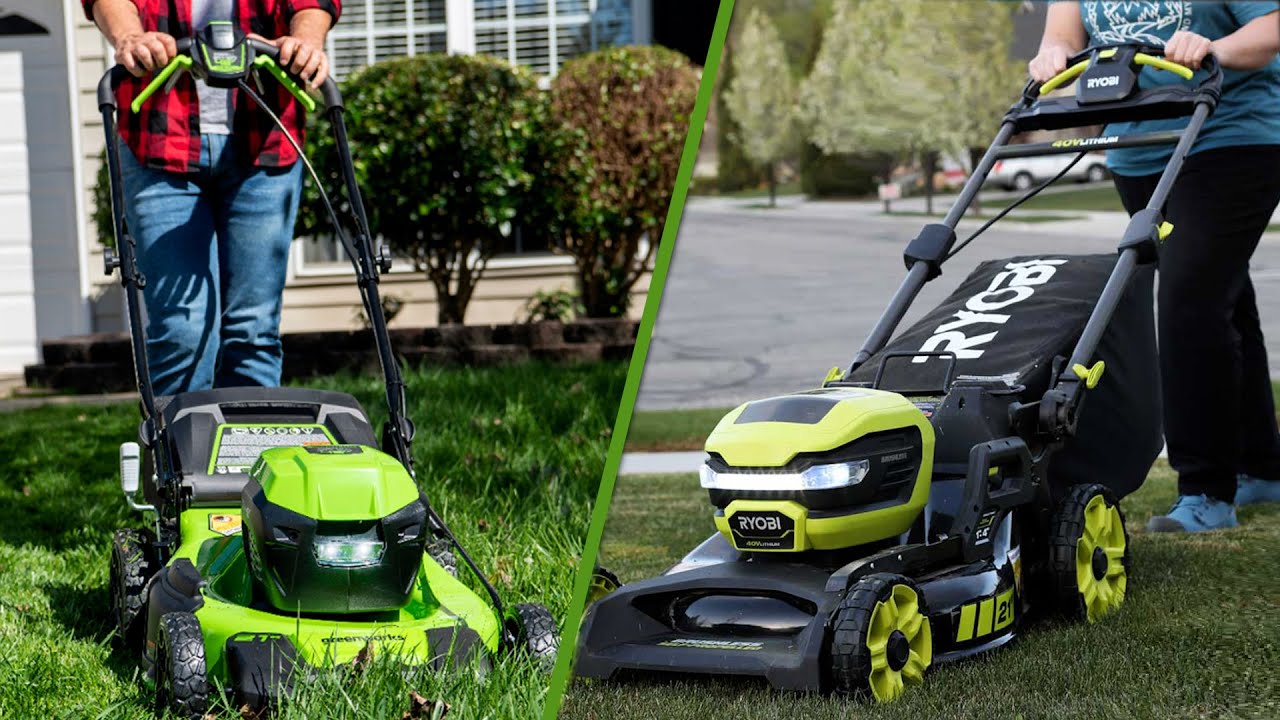
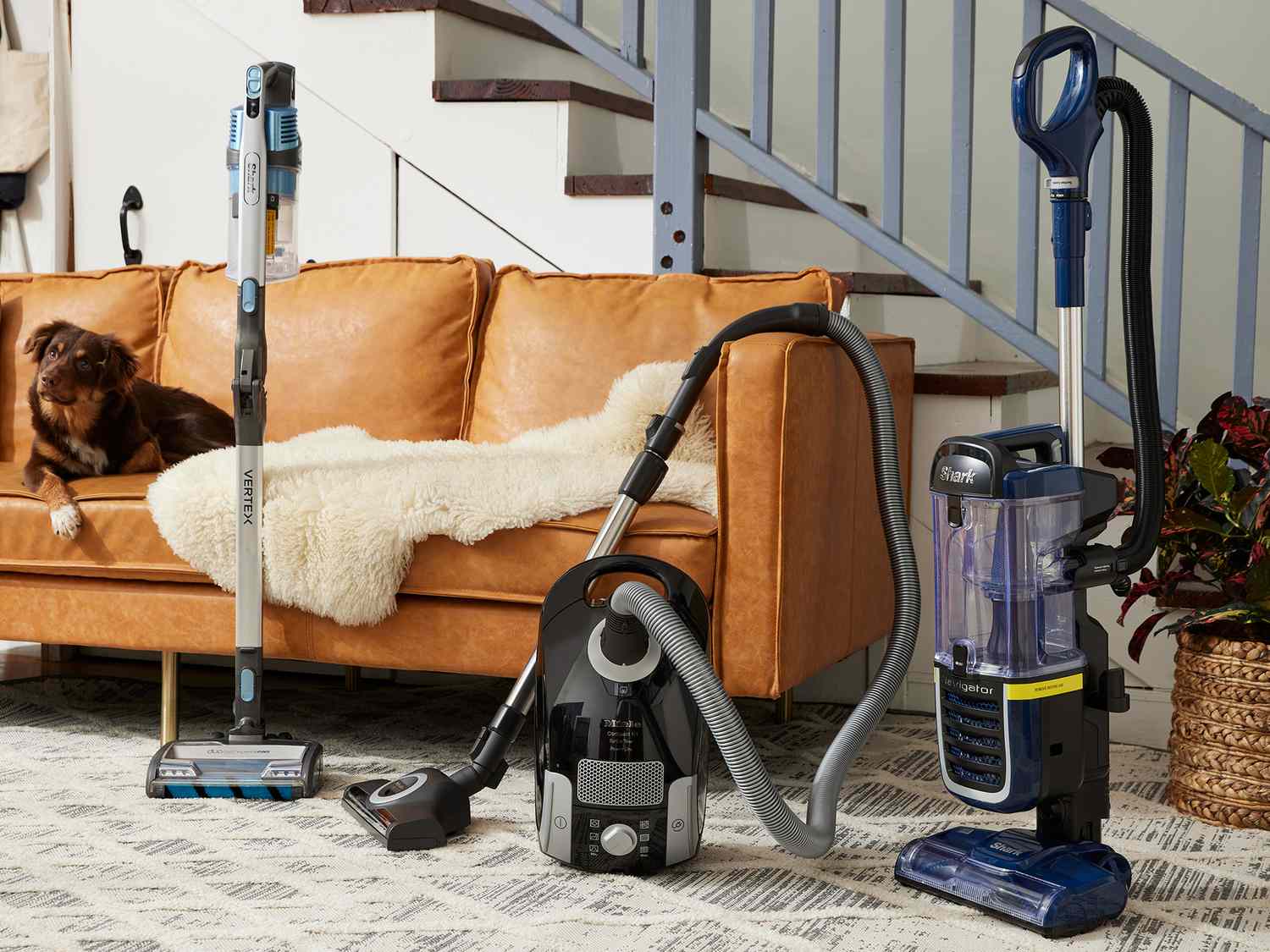
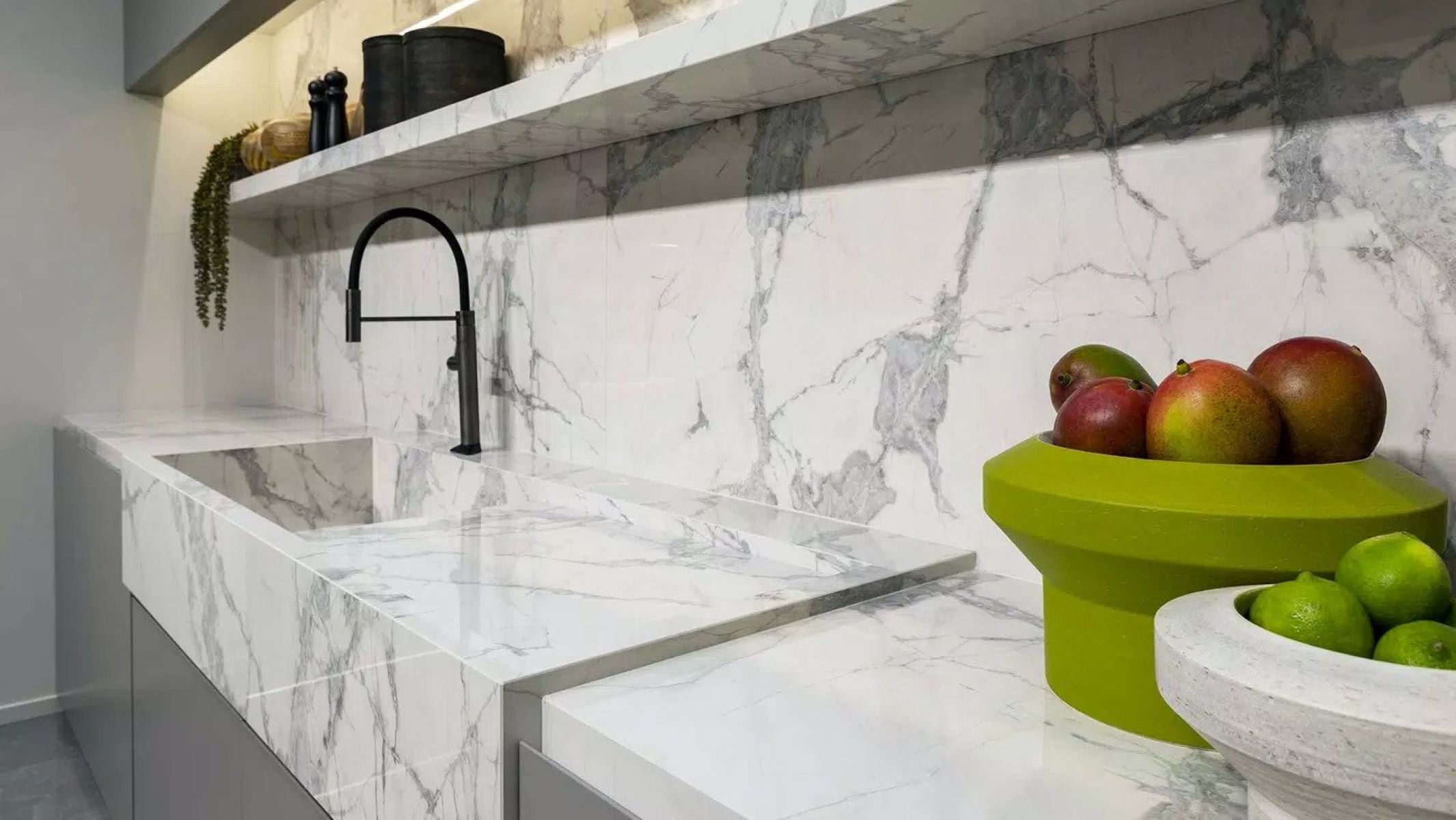

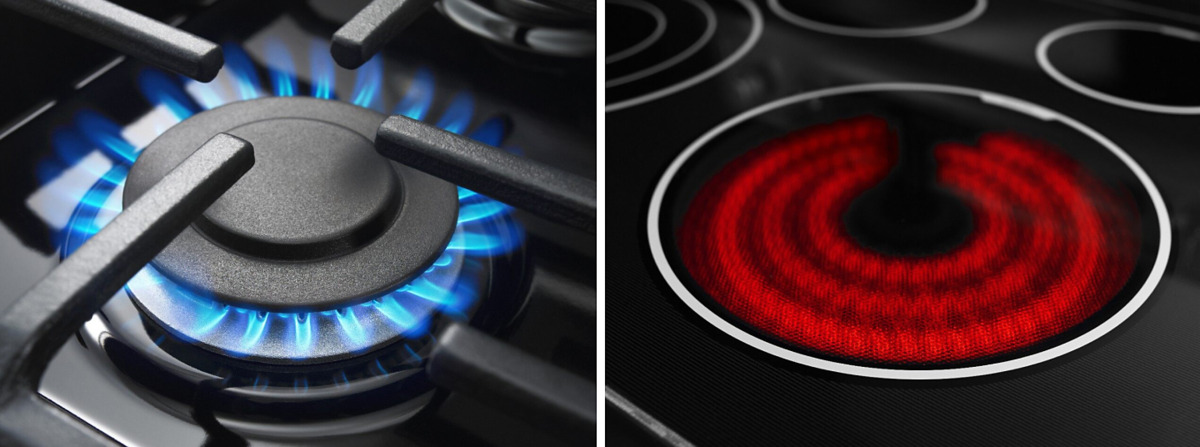
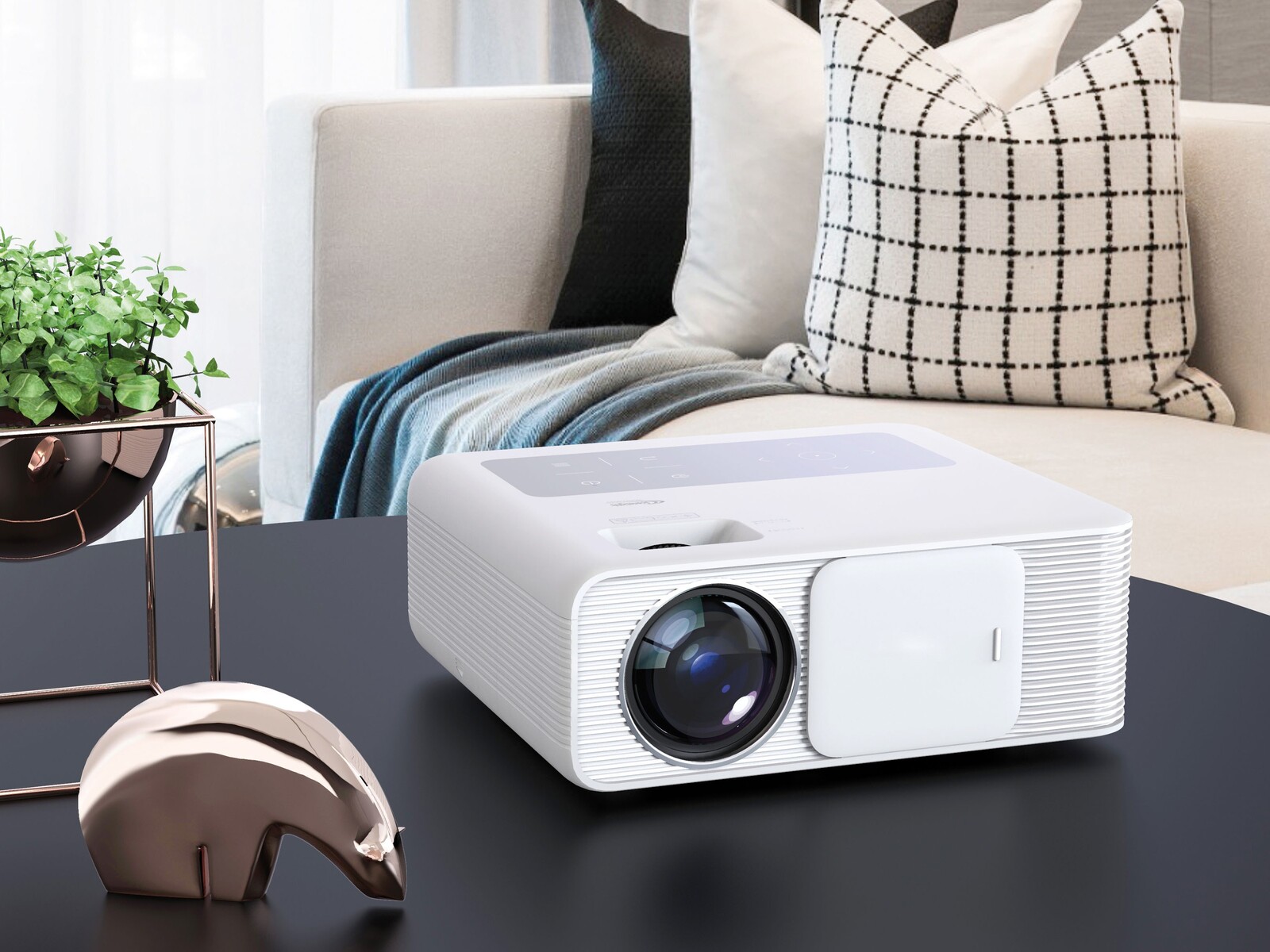
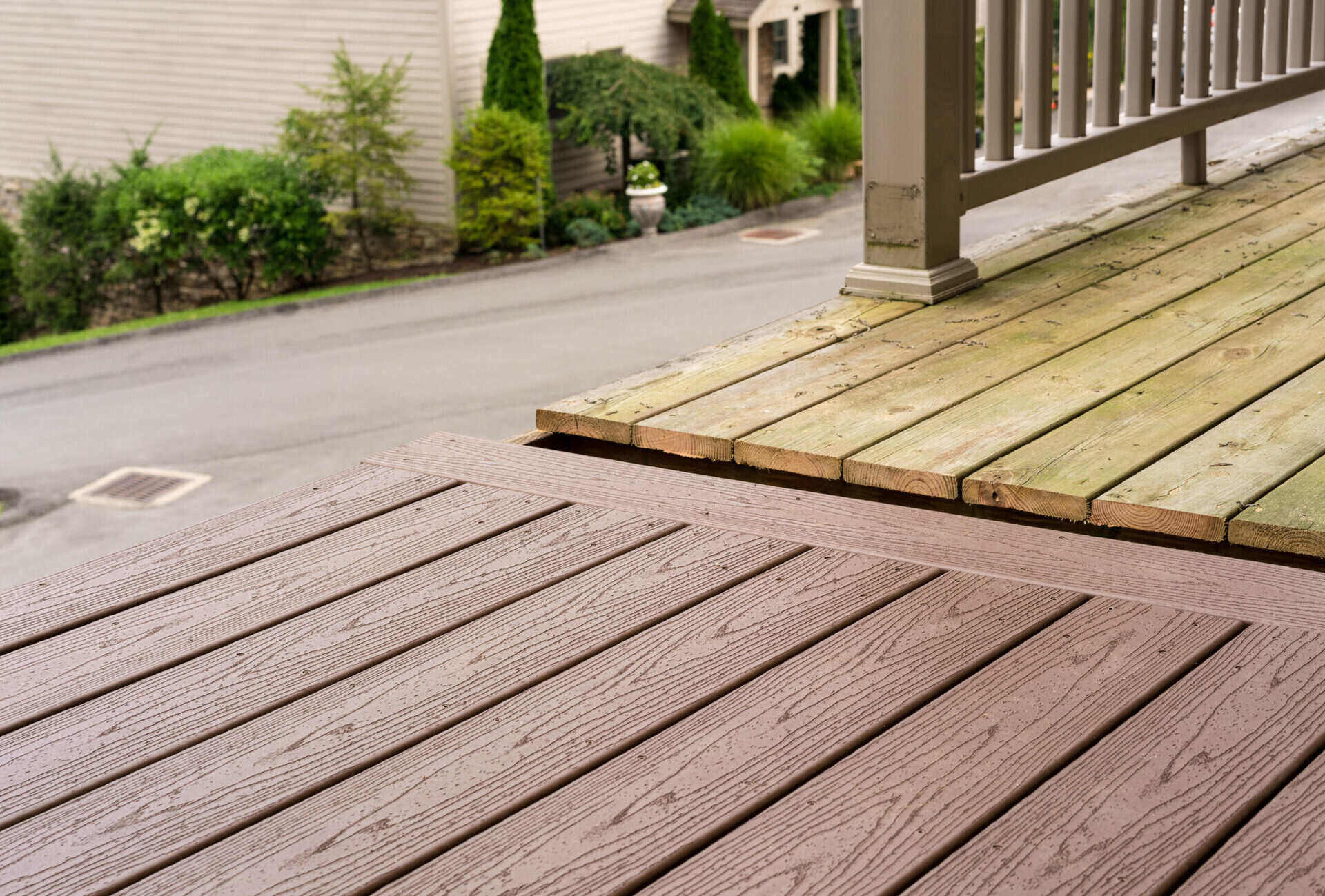
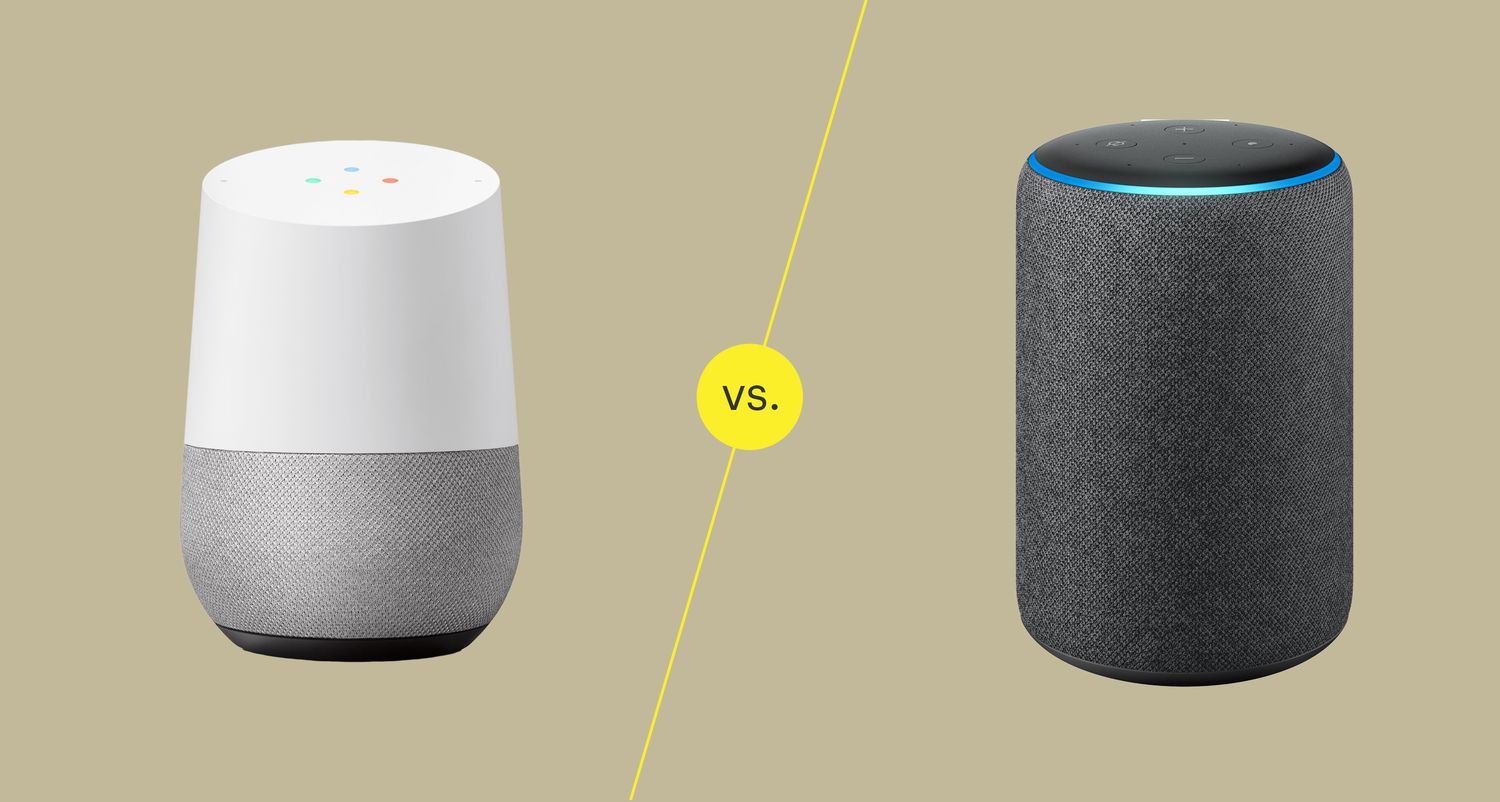
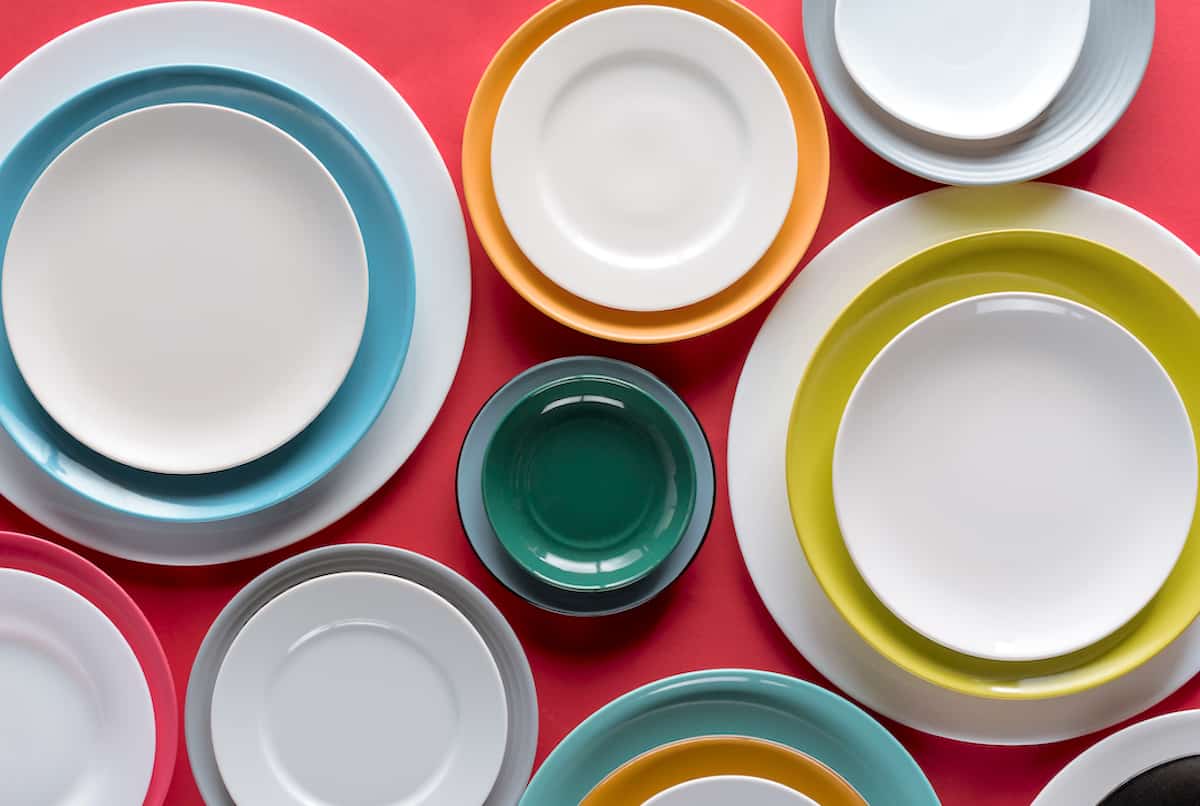
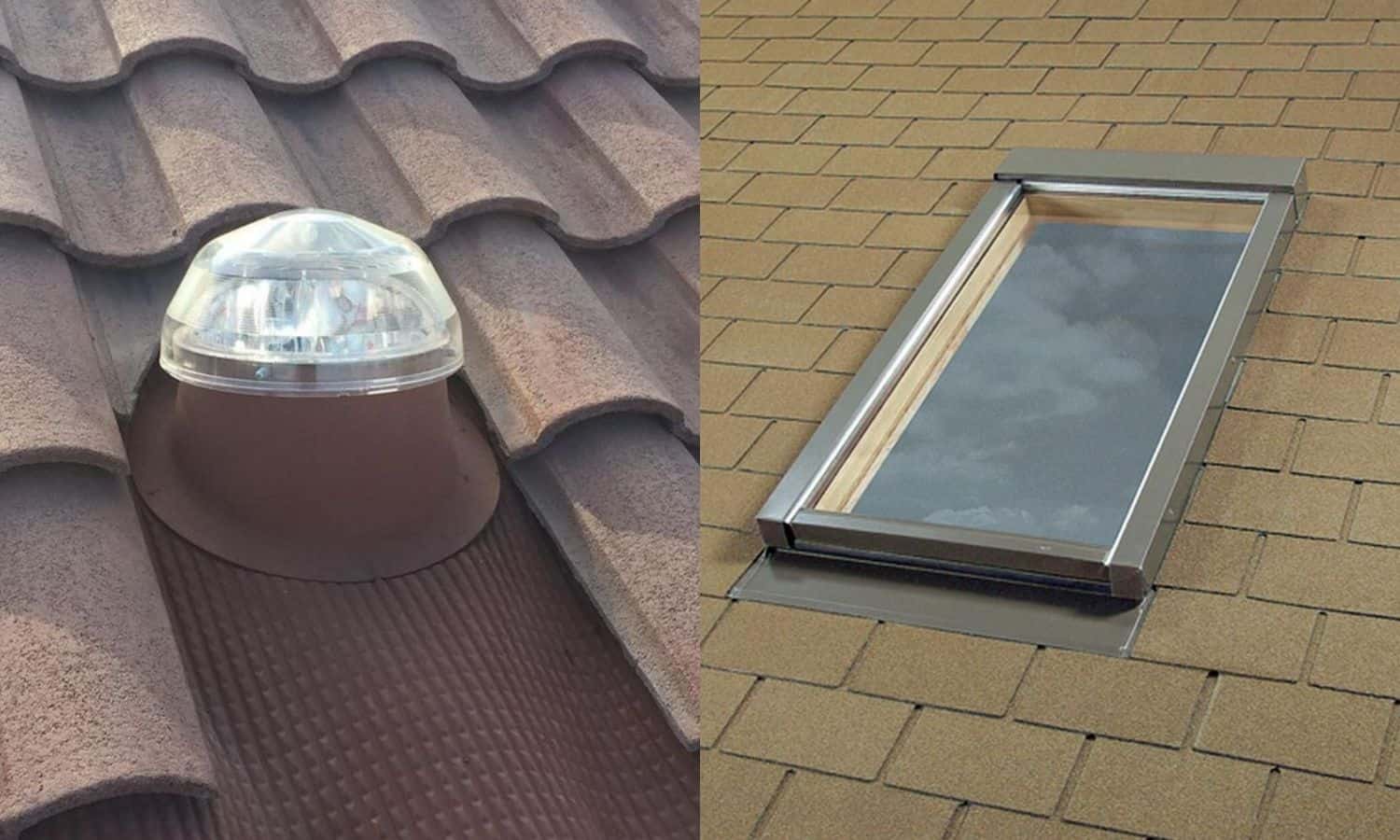
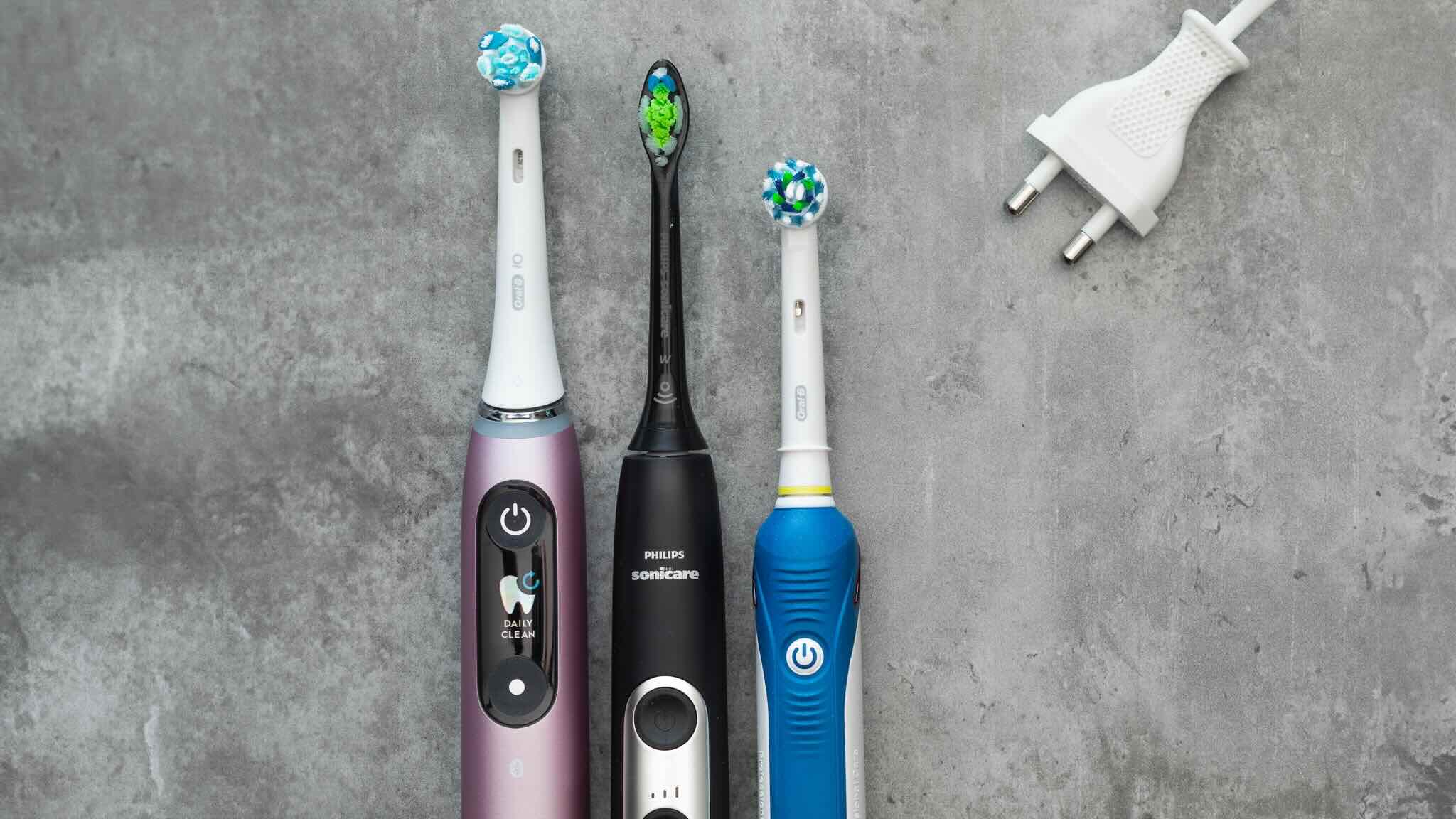

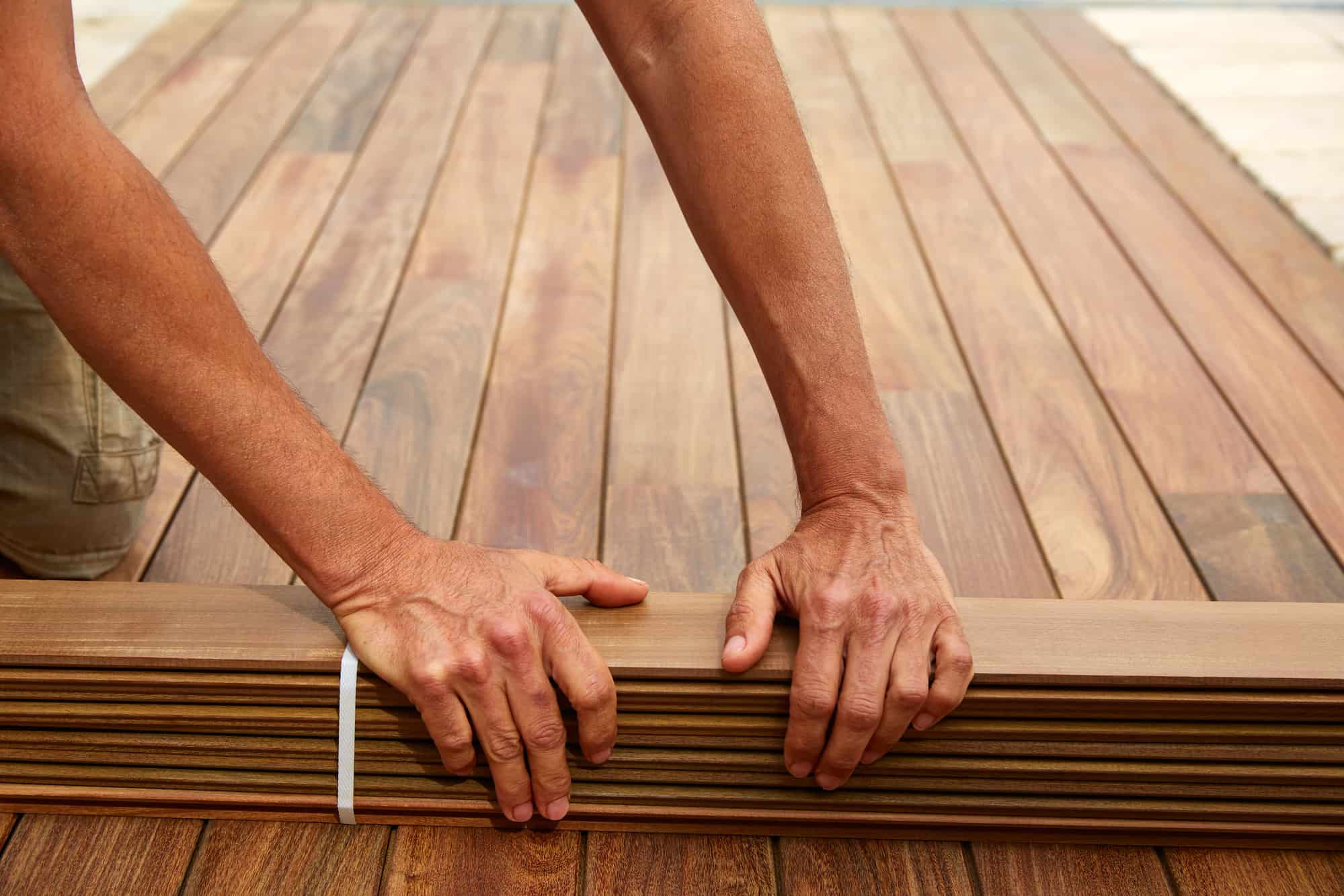

0 thoughts on “Which Is Better: Loofah Or Washcloth”